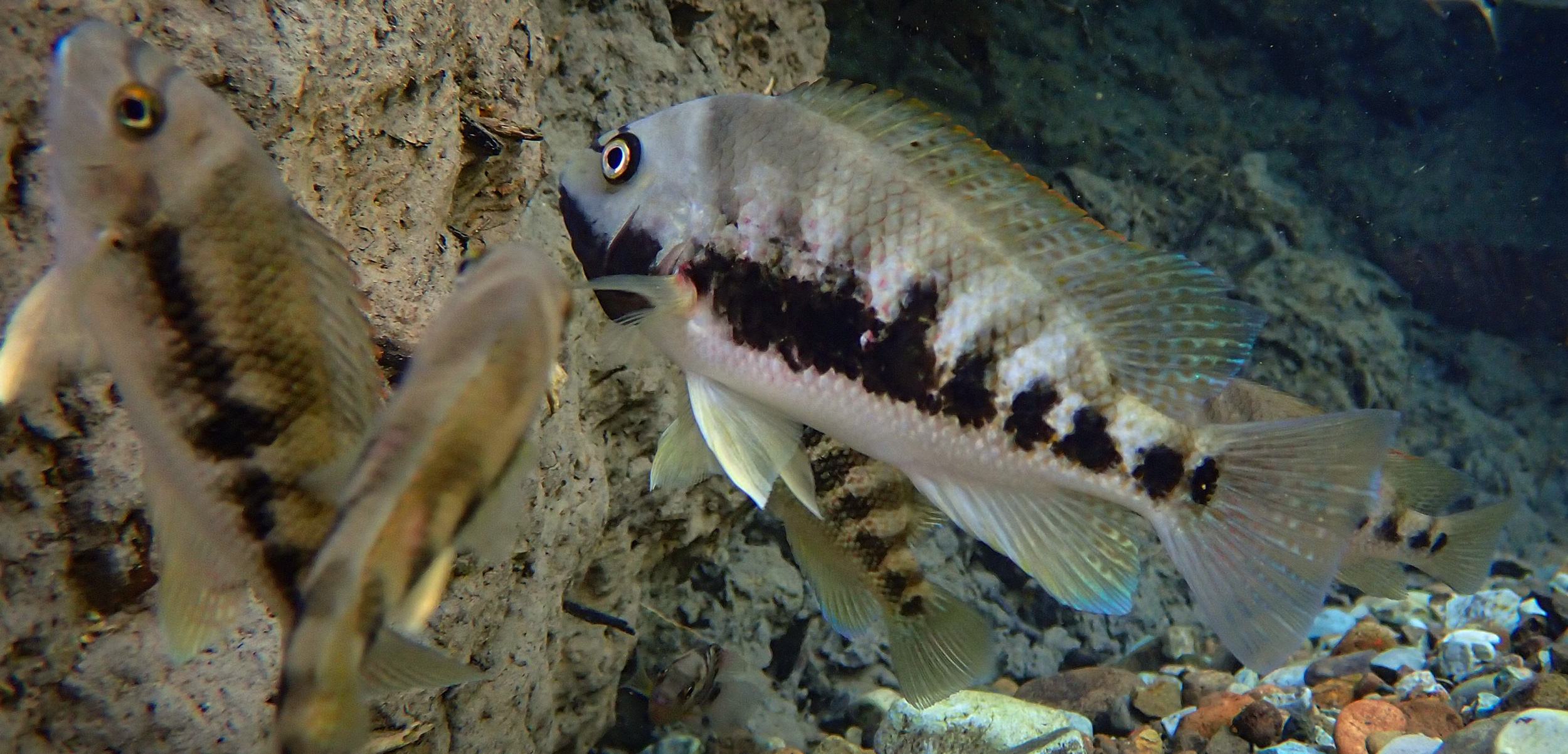Placentas May Help Fish Outswim Predators
A new study offers insight into the obscure origins of the placenta.
Article body copy
Scientists have found new evidence for why some fish evolved placentas to nourish their eggs: placentas seem to help pregnant mothers escape predators.
The research has implications for understanding the obscure origins of the placenta in species across the animal kingdom says Bart Pollux, an ecologist at Wageningen University, Netherlands, and lead author of the new study. While the study focused on fish, “I think this applies to all placentas,” Pollux says.
About one percent of fish species give birth to live young rather than laying eggs. Known as live-bearers, these fish use different strategies to nourish their eggs before and after fertilization. Some develop large, nutrient-rich eggs: they’re a heavy upfront investment, but require fewer resources during pregnancy. Others develop small eggs, which are energetically cheap at first, but then require a resource-intensive placenta to nourish the eggs throughout pregnancy. Some strike a balance somewhere in between.
Two competing hypotheses aim to explain why some live-bearing fish have evolved to rely more on resource-intensive placentas than resource-intensive eggs. One hypothesis is that fish relying on a placenta can give birth to more babies. The other is that these fish are more streamlined swimmers than fish laden with big eggs, which makes it easier for them to escape predators. This strategy might then win out when predators are abundant.
In a previous study testing 3D models of live-bearing fish in flow tunnels, Pollux confirmed that fish with bulky eggs do indeed have less streamlined bodies than fish with smaller eggs nourished by a placenta. “As the body grows, the drag on the female also grows, exponentially,” says Pollux. “There’s a real cost to becoming pregnant and getting a really big belly.”
To test the idea in nature, Pollux and his team looked at the olomina—a silvery, guppy-like live-bearer that relies on varying degrees of placentation to nourish its eggs—in independent populations across the streams of Puntarenas, Costa Rica. Snorkeling for as long as five hours at a time, sometimes at night, Pollux and his coauthors searched for sections of streams with and without predators. They found that olomina from sections with predators relied on placentas to nourish their young more than the fish from sections without predators, though both populations gave birth to the same number of offspring.
“These findings strongly implicate selection on swimming abilities as [a] key culprit behind the evolution of placentation,” says Brian Langerhans, a marine ecologist at North Carolina State University, who wasn’t involved with the study.
Langerhans points out that prior work has tried to look at the role of predation in the evolution of the placenta, but came up with ambiguous results. Pollux’s study offers the most compelling evidence so far, Langerhans says, in support of the swimming performance hypothesis: fish with placentas are better swimmers, therefore better at evading predators, and more likely to pass on their placental traits to the next generation.
Pollux explains that even a slight adaptive advantage conferred by placentation would be enough to spread through entire populations in the evolutionary blip of a few hundred generations. He suspects that a similar dynamic may lie behind the evolution of the placenta in the ancestors of other animals, possibly even land-based mammals.
“We can now test if this is something that happens in other species,” says Pollux.

